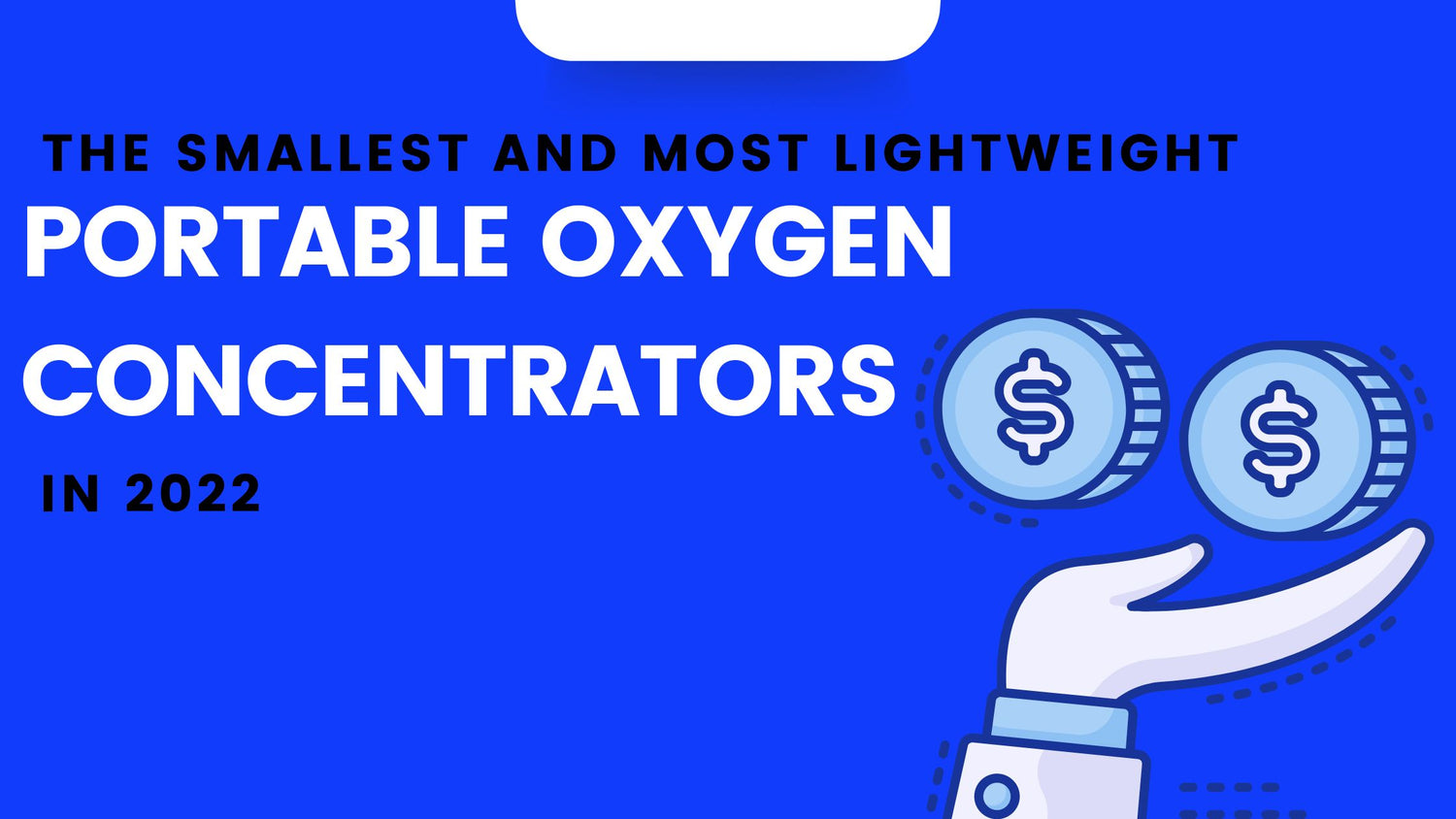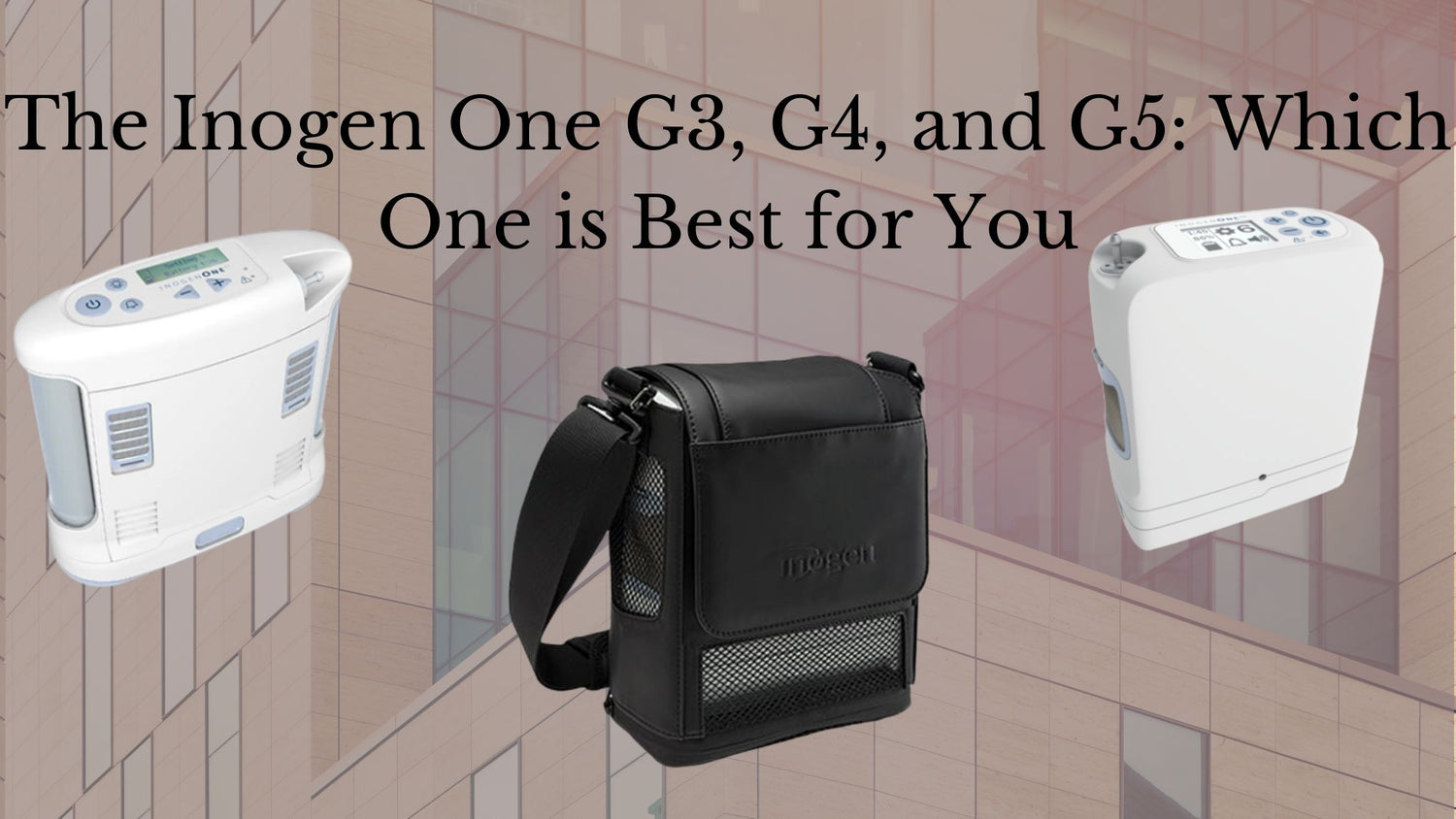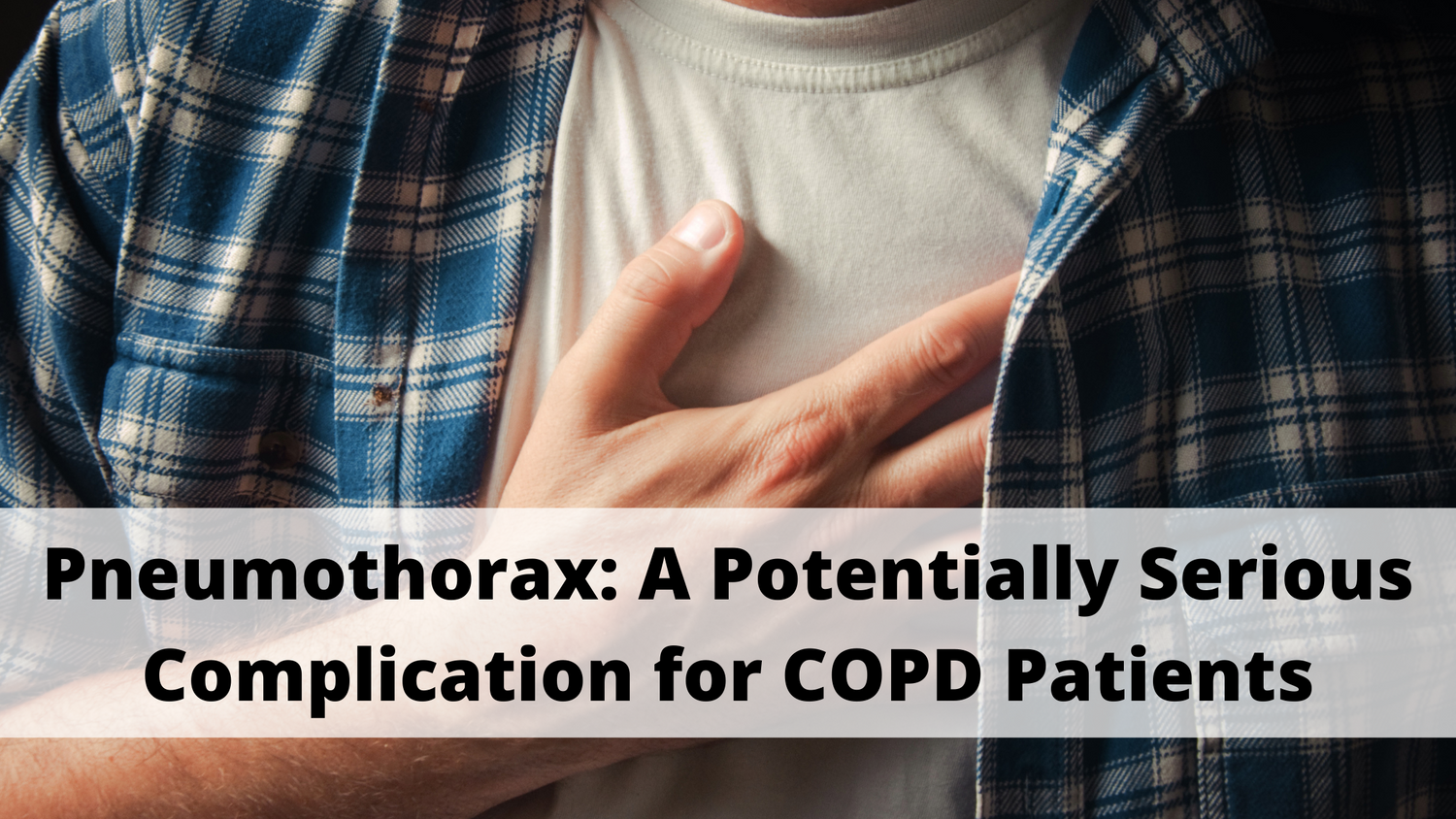Respiratory Resource Center - LPT Medical
The Smallest and Most Lightweight Portable Oxygen Concentrators in 2022
If you’re a respiratory patient with a condition...
Read MoreThe Inogen One G3, G4, and G5: Which One is Best for You?
As an oxygen patient, quality, affordability, and reliability...
Read MorePneumothorax: A Potentially Serious Complication for COPD Patients
Chronic obstructive pulmonary disease (COPD) is one of the...
Read More


